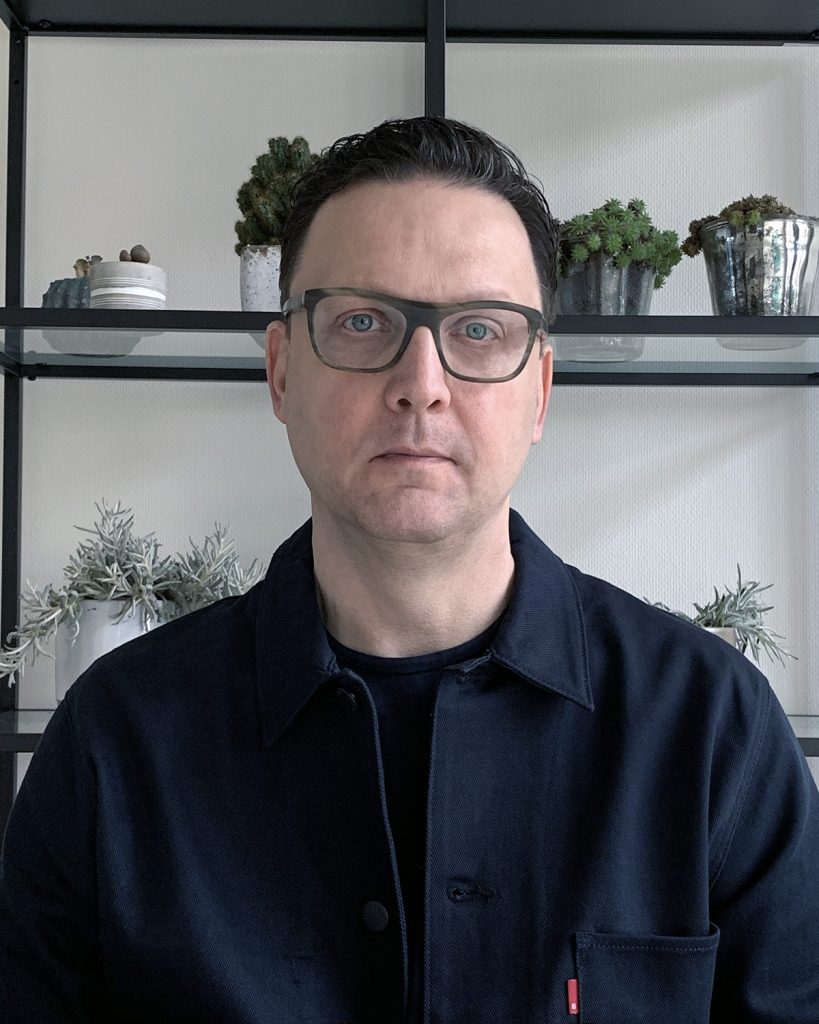Sometimes the best way to understand the future is to build on good, old fashioned research and logic, and networking the one thing we bring with us everyday—human intelligence – says Scott Smith
Think back to late 2015. Economists weren’t exactly crowing, but global and regional economic forecasts indicated moderate growth ahead, or possibly slowing. Coming out of the Great Recession at the end of the 2010s, the US, UK, and the world were coasting on several years of recovery and expansion. All in all, 2015 was a textbook year of general stability in a world steered by affluent nations.
There were one or two reasons for caution but all in all five-year outlooks were broadly steady, economically, socially and politically. If you were at the helm of a large organisation, all signs pointed toward general continuity of strategy, with limited expansion in some sectors. With venture capital and bank funding flowing again, opportunities for small or start-up companies also looked rosy.
What a difference five years make. In 2015 we had only just seen Donald Trump announce his long-shot presidential bid, and then-PM David Cameron’s UK referendum gamble was set in motion. Short of a true wildcard event, climate disruption seemed the biggest ‘Bad’ in the script, to borrow a screenwriting term. Any business strategist would have followed the usual strategy of recent trend lines. Most innovators looked to be the disruption, not suffer it.
The value of horizon scanning
While no one is claiming it was possible to predict the Covid-19 pandemic if the past year has taught us anything – it’s the value of horizon scanning and building strategic foresight and futures into business planning. In an age of Big Data many organisations have let their inherent capacity for foresight weaken, relying instead on past performance, or costly analytics that are mostly backward looking. Like pedestrians who over-rely on their smartphone’s maps, many companies have seen their organisational ability to read the landscape atrophy.
2020 has provided a harsh wakeup call that this anticipatory sensibility needs to be reawakened, and reinvigorated. In these turbulent times, the desire to get the future ‘right’ needs to be set aside in favour of practicing future awareness—by cultivating a systematic approach to collecting and making sense of environmental and broad market signals, and practicing the lost art of frequently playing out the “So what, then what?” implications of these signals.
Too often today, leaders in business, government and other sectors feel compelled to solve the whole puzzle, or maintain the costly pretension that they have the answer to all uncertainties. Worse yet, they get caught out trying to predict or arrive at a high-probability forecast for which many variables have yet to be uncovered. The number of organisations clamouring to know exactly what the world would look like when COVID-19 was “over,” assumed to be in months, was understandable when the pandemic began unfolding earlier in 2020. Yet, many jumped to scenarios and models that lacked substance, beyond presenting fuzzy archetypes many years out, or detailed but incorrect predictions. The smartest organisations planned for what they could know, and focused more effort on isolating and researching what they didn’t or couldn’t yet know. They worked, and still work, to solve the puzzle in part through investing in better insights and experimentation.
How to reduce uncertainty
It would be nice to say there is a new-fangled way to solve for or radically reduce uncertainty today, but there isn’t. Data can’t tell us everything, in part because all data is retrospective, and most models run on historical assumptions. Grand predictions only raise the stakes of failure, even if they might provide some short-term cover. Sometimes the best way to understand the future is to build on good, old fashioned research and logic, sorting and sizing knowns and unknowns, and networking the one thing we bring with us everyday—human intelligence.

Scott Smith is managing partner of Changeist, a futures research and consulting group based in The Hague, and author of How to Future: Leading and Sense-making in an Age of Hyperchange, published by Kogan Page Ltd.



